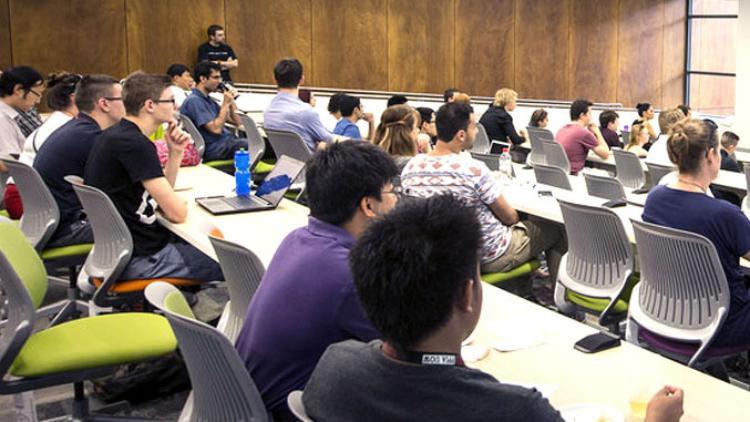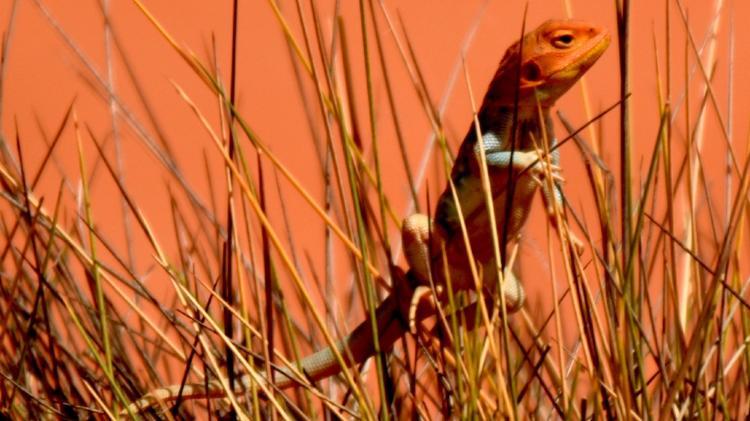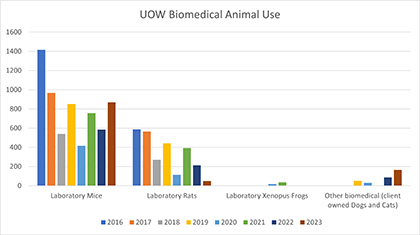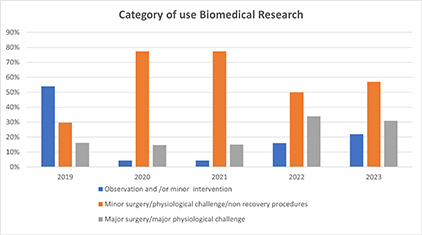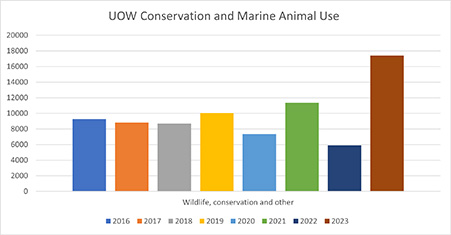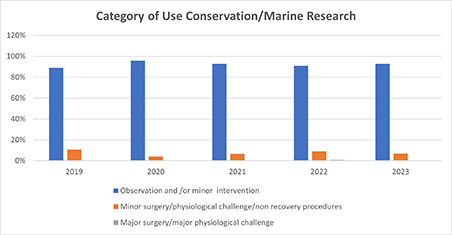Animal research
Researchers at the University of Wollongong conduct a wide range of projects that may involve animals. These are as diverse as observational studies for wildlife conservation through to research involving laboratory mice and rats to study important human diseases.
All these projects are subject to strict regulations. Under the law, no research involving animals may proceed unless it has been approved in advance the University of Wollongong’s Animal Ethics Committee. Membership of this committee must include veterinarians and people with an interest in animal welfare who are completely independent of the University of Wollongong, along with community members who serve to represent the views of the wider community.
Once research has commenced, it is subject to veterinary oversight by the University of Wollongong’s Animal Welfare Officer and inspections by the Animal Ethics Committee.
The University of Wollongong respects the diversity of views relating to animal research in the broader community and has shown leadership in implementing measures to address common ethical concerns.
The University requires researchers proposing to use animals in research and teaching activities to address the 3R's (Replacement, Reduction and Refinement) in all animal research and teaching applications and annual progress reports. The University has previously made funding available to UOW researchers on selected projects to address one or more of the 3Rs via a competitive small grant process and has also received funding from the MAWA Trust for projects that aim to replace the use of animals in medical research with non-animal methods.
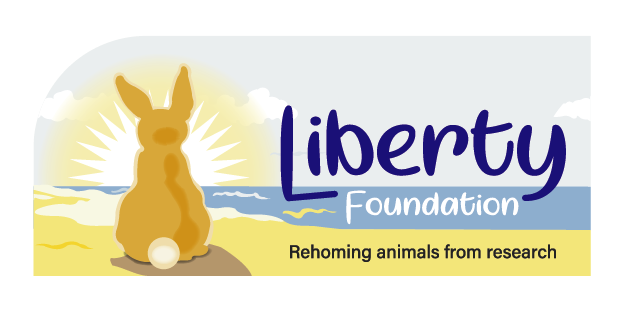 The University of Wollongong was one of the first institutions in NSW to make rats and mice that had been used for research or teaching activities available for rehoming. UOW Animal Carers developed a behaviour assessment matrix to assess the suitability of rats and mice for rehoming that has been incorporated into the NSW DPI Research Animal Rehoming Guidelines. UOW partners with the Liberty Foundation Australia for the rehoming of rats and mice. If you are interested in rehoming an ex-research animal, please contact the Liberty Foundation Australia.
The University of Wollongong was one of the first institutions in NSW to make rats and mice that had been used for research or teaching activities available for rehoming. UOW Animal Carers developed a behaviour assessment matrix to assess the suitability of rats and mice for rehoming that has been incorporated into the NSW DPI Research Animal Rehoming Guidelines. UOW partners with the Liberty Foundation Australia for the rehoming of rats and mice. If you are interested in rehoming an ex-research animal, please contact the Liberty Foundation Australia.
For more information about the role of animals in research more generally, we recommend visiting the Speaking of Research website and the Understanding Animal Research Oceania site. For information about the regulatory requirements in Australia and NSW please visit Animal Ethics Infolink (developed by the Animal Research Review Panel and NSW Deptartment of Primary Industries Animal Welfare Branch).

In 2023 UOW became one of the inaugural signatories of the Openness Agreement on Animal Research and Teaching in Australia, making a commitment to greater transparency and accountability in the use of animals in research and teaching. the goal of the agreement is to inform the broader community about how and why animals are used in research, to increase public understanding and to respond to welfare concerns. It also provides for great accountability for funding, ensuring ethical and legal controls related to animal care are being followed.
Dr Malcolm France, a veterinarian and Chair of the UOW Animal Research Committee, provides strong support for the Openness Agreement as outlined in his interview with Cosmos magazine in August 2023.
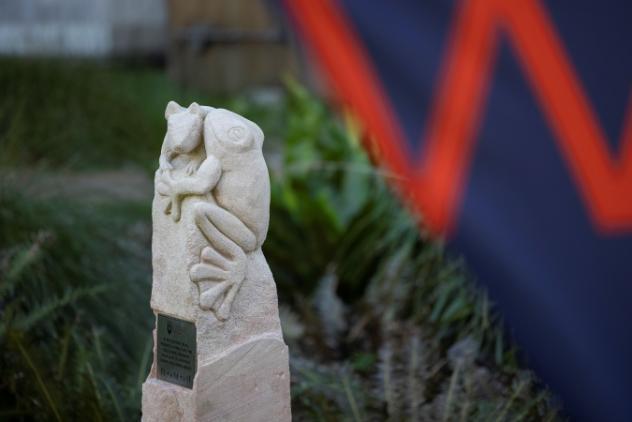 In May 2023, former Vice-Chancellor Professor Patricia Davidson and Professor Eileen McLaughlin, Executive Dean, Faculty of Science, Medicine and Health, unveiled the University of Wollongong's animal memorial statue. The statue was created to acknowledge the role that animals play in research and advancing the health and wellbeing of people and animals worldwide.
In May 2023, former Vice-Chancellor Professor Patricia Davidson and Professor Eileen McLaughlin, Executive Dean, Faculty of Science, Medicine and Health, unveiled the University of Wollongong's animal memorial statue. The statue was created to acknowledge the role that animals play in research and advancing the health and wellbeing of people and animals worldwide.
The beautiful statue can be viewed in the gardens outside Molecular Horizons, building 42.
If you would like additional general information about research involving animals specifically at UOW, please email us at animalresearch-questions@uow.edu.au. Please note that this email address is only checked intermittently so we might take a few days to get back to you. For researchers with questions about Animal Ethics processes at UOW, please see the relevant boxes below.
For additional information including past animal use numbers and categories of use, please see the additional information below in the Statistics section.



